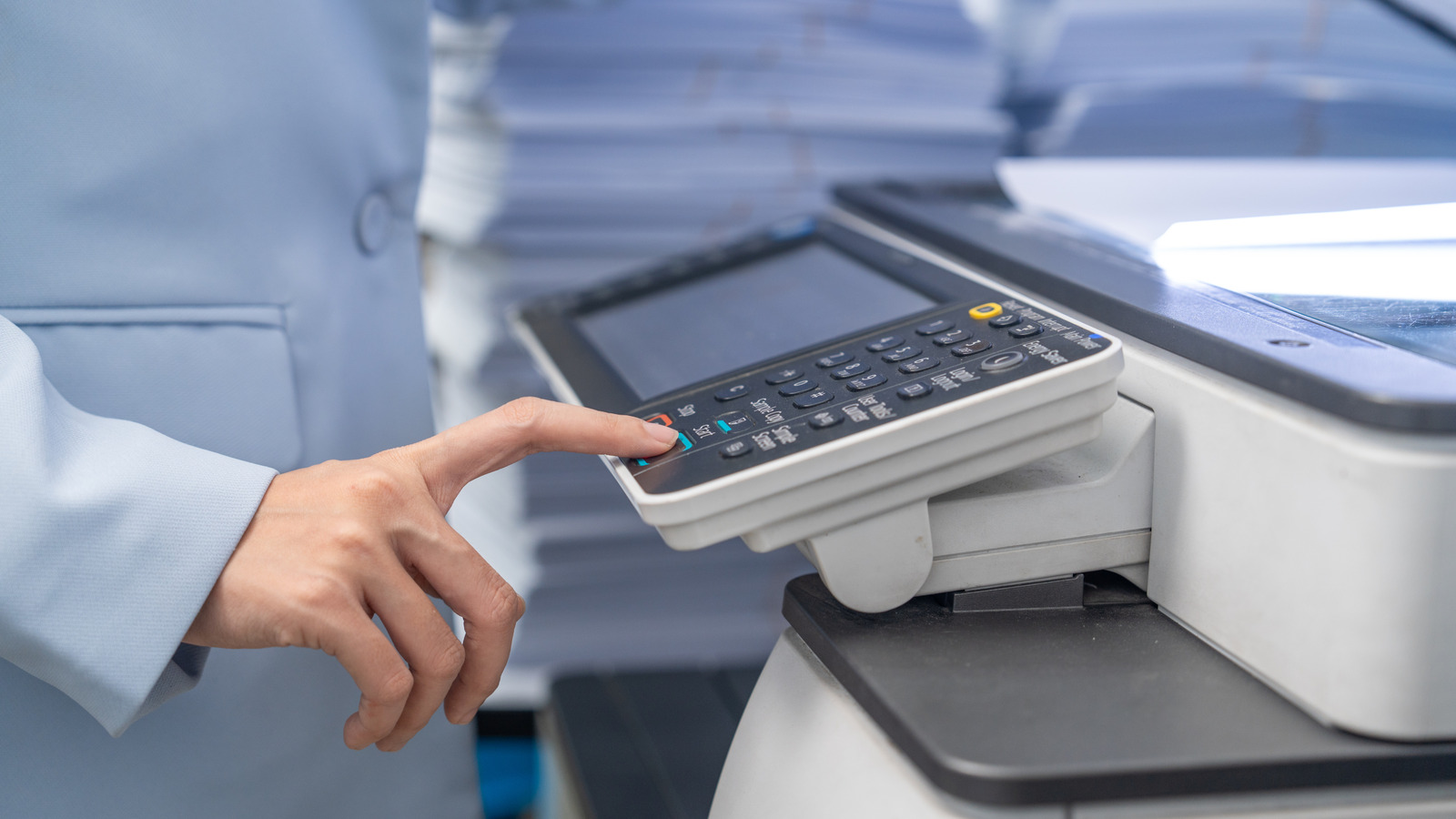Copyright SlashGear

If you're printing something with multiple pages, you might want to collate. It's the term for when the printer cranks out the pages of your print-out in order so that each printed copy comes out as a complete set. Instead of printing all copies of page one, then all copies of page two (and so on and so forth), collating makes sure that each copy of the document comes out organized from start to finish before the next copy begins. For example: printing 10 copies of a 20-page report. With "collate" turned on, each report will print in full order, ready to be distributed. With the setting off, your printer would produce 10 copies of each page before moving on to the next, leaving you to be the one to manually assemble 20 separate stacks into complete reports instead. As a concept, collation originated as a manual process. People used to have to sort and assemble documents by hand. Today, both printers for your home and copiers at your workplace can perform this task automatically, regardless of if they're using ink or toner. It saves time, cuts down on manual labor, and makes for more accurate assembly of your multi-page projects. Printers and copiers that collate are especially worthwhile in office spaces. Here, people are constantly printing our reports, presentations, manuals, and invoices that need be put in their proper sequences. Collating minimizes the risk of human error and eliminates the need to double-check page order. In education, instructors and students often need to print multiple copies of multiple-page materials, all of which have to stay in the right order. (Think booklets, instruction guides, training manuals, information packets, term papers, tests, and so on.) Collating can come in handy here as well. Most modern printers let you enable or disable the collate feature directly in the printer's settings. (Printers with touchscreens may have a "Collate" button on the screen, while older models might have a physical button instead.) On your computer, the option can typically be found under the print software's settings. Of course, if you're only printing one copy of something, collating probably isn't going to be necessary. Most major printer brands will automatically just produce one complete document in order. It's only when printing multiple sets that you really need to worry about collating.



